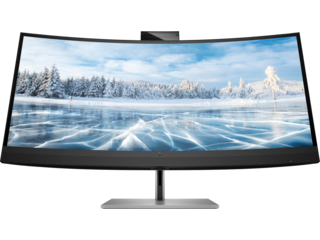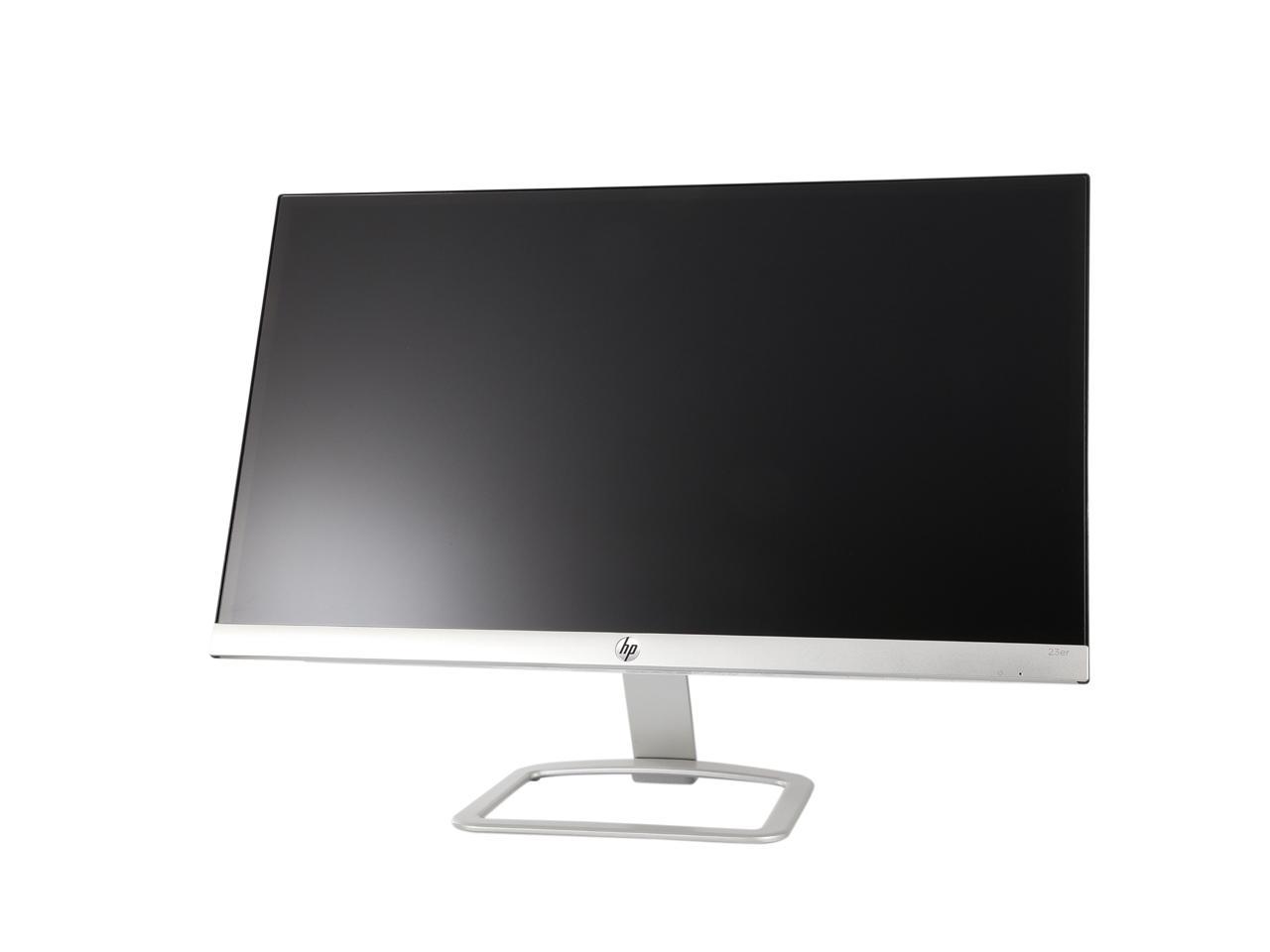
Looking through the specs you should be able to find out if it is VESA compliant.

When customers call us at we typically do a quick search of the brand + model #. Some common places are behind the stock monitor stand, or hidden behind a panel that isn’t part of the monitor stand. This process is straightforward, but some of the monitor brands hide the VESA holes. The first thing you’ll need to find out is if your existing monitor has a VESA compliant mount. Apple monitors are one of the worst brands for VESA compliance, with few models including mounting holes on the back. Shopping locally at stores like BestBuy can be difficult, as they offer even fewer options for VESA compliant monitors. I haven’t found there is real consistency across the major monitor brands for VESA holes on their monitors. One of the biggest issues is finding a monitor that is VESA compliant. For computer monitors, you’re looking for something that is likely a 75mm X 75mm or 100mm X 100mm pattern. Having a VESA compliant monitor means that it comes with standard mounting holes on the back of the monitor. VESA compliance is like a foreign language if you’re new to the category.

The number one problem I’ve found over the time I’ve sold monitor arms is how they attach to the monitor.

Having grown up in the ergonomics industry, products like monitor arms were something that just seemed to be a normal part of life.


 0 kommentar(er)
0 kommentar(er)
